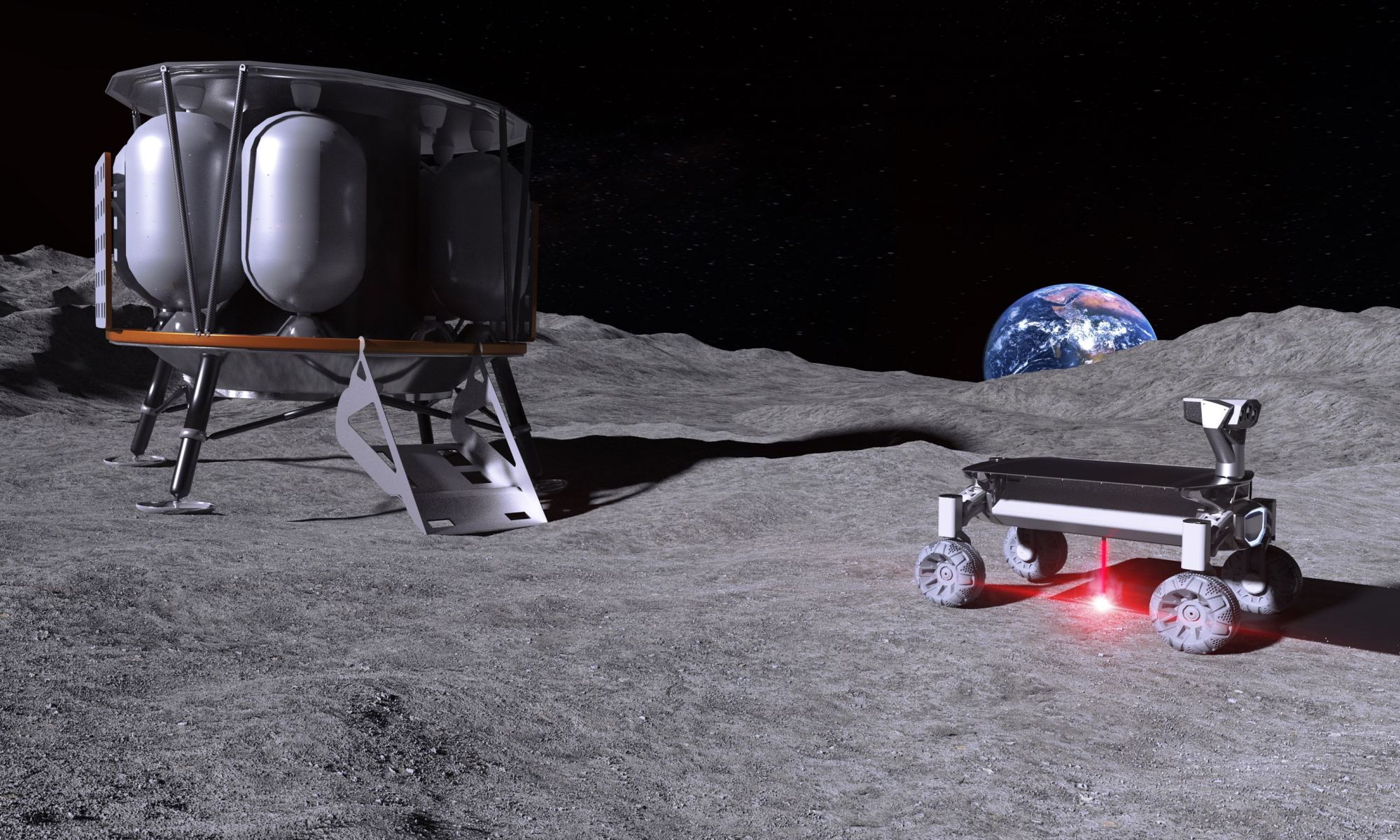
Dust is a major problem for lunar expeditions. Not only could moon dust prove harmful to astronaut’s health, it also gums up devices and causes a wide variety of technological problems. But now scientists from Germany have come up with an idea to make use of the dust: Melting it with a laser and using it to 3D-print tools and equipment.
This is, incredibly enough, not a Bond villain plot but a real suggestion for how to manufacture materials in the lunar environment. Because the transportation of equipment to the moon is so expensive, the ability to print whatever is needed on demand would be hugely beneficial.
The idea is to use a system called MOONRISE which weight just three kilograms (6.6 pounds) and is only the size of a large juice packet. The device can melt lunar materials using a laser and shape them into new structures. For now, the primary purpose of the printing would be to manufacture simple objects like bricks for building structures. In the future, the technology could be scaled up to allow the manufacture of larger and more complex objects.
The scientists have been working on the technology in a lab with material that is as similar to lunar soil as possible. But to see whether it will work in practice, the device needs to be tested in the real lunar environment.
The aim is to get the technology ready for the 2021 launch of the German PTScientists lunar mission. This is an ambitious timeline for a new technology. “The time is very short to make the process safe, to set up and test the appropriate laser while keeping the weight budget,” Professor Ludger Overmeyer from the Lazer Zentrum Hannover said in a statement. “But only those who try the impossible have the chance to achieve it.”
The scientists believe that the potential benefits of the technology make attempting to meet the challenge worthwhile. “Fundamentally new insights can often only be gained if scientists and their supporters are willing to take risks,” Dr. Wilhelm Krull, Secretary General of the Volkswagen Foundation, the non-profit organization funding the project, said in the same statement. “Even if the outcome of the experiments is still unclear, the foundation wants to resolutely set the path for daring research ideas like this one.”



